The function and characteristics of pre-soaking Italian Coffee do you need steaming to make Italian concentration
Steaming is a very important process in hand-brewed coffee. It is no exaggeration to say that if you cancel the steaming step, it will add a lot of uncertainty to the hand-brewed coffee, and it may be difficult for even brewers to predict the flavor direction of the coffee.
Some friends are curious that the steaming of hand-brewed coffee has such a great impact on the final flavor of coffee, so does Italian coffee also need to be steamed?
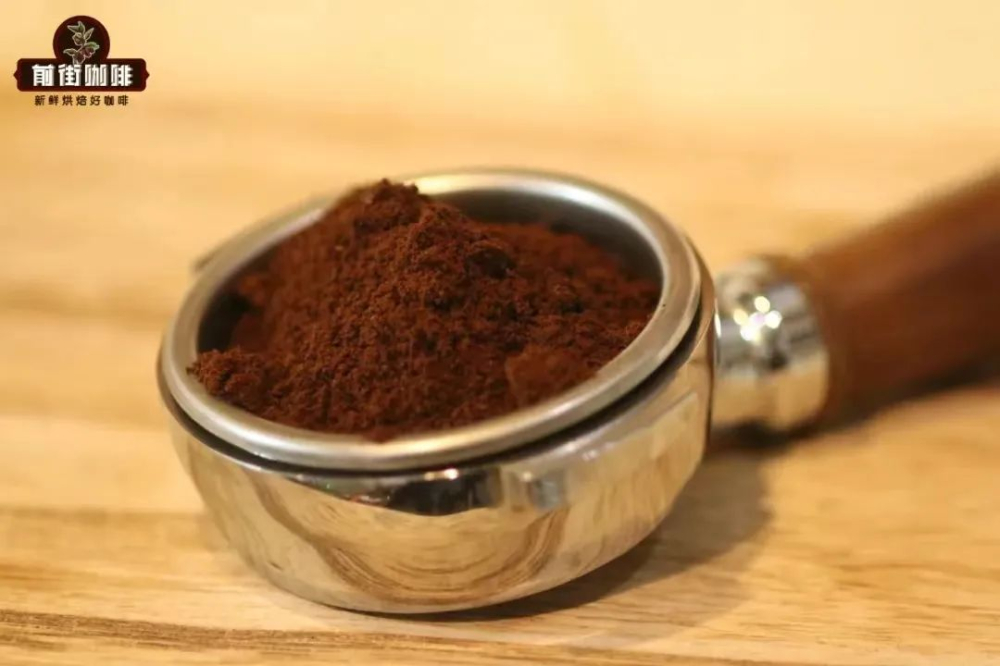
In fact, espresso does not steam this step, because when the espresso machine is used to extract coffee, the coffee powder is pressed into a dense pressed powder and then "pressed" into a thick liquid under the water pressure of 9bar. So espresso is famous for its stable extraction. For example, the classic espresso extraction scheme heard before is to extract 1 ounce of coffee liquid within 20-30 seconds. In theory, as long as the amount of powder, liquid and time are stable, the taste of espresso can be stable. However, with the diversification of roasting degree of coffee beans used in espresso and the pursuit of freshness of coffee beans, the extraction of espresso is no longer so stable. For example, the previously used espresso beans were kept for as little as half a month and as long as one month. The active gas in the coffee bean body is basically emitted, and the state change of the cultivated coffee bean is not obvious, so the performance of the extraction is very stable.
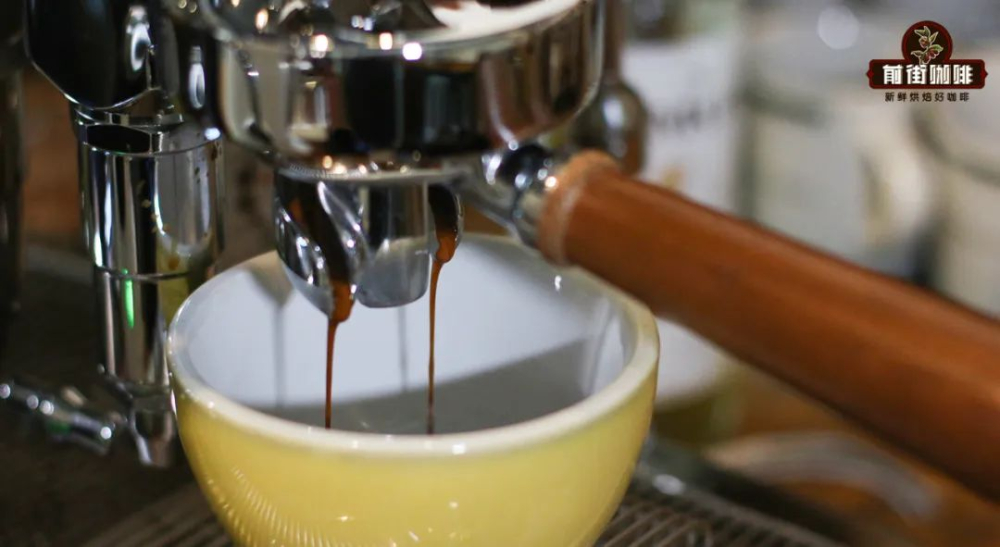
Now in order to reflect the freshness, the time of growing beans has been shortened, it is possible that when extracting, the carbon dioxide in the beans is still relatively rich, so the extracted oil is relatively rough and the extraction is unstable.
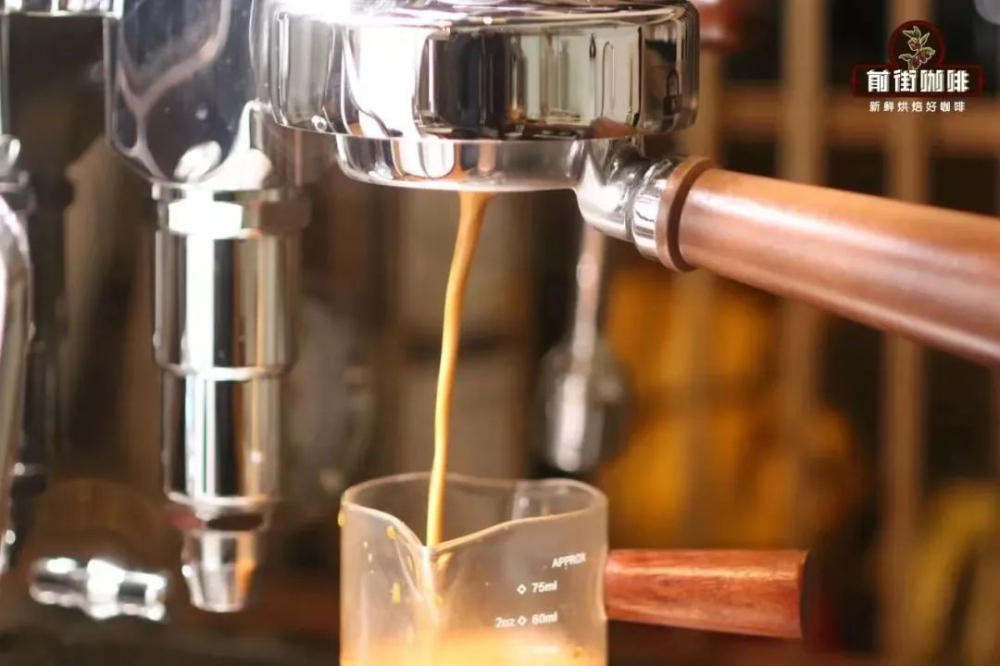
As a result, it is becoming more and more popular to add the "pre-soaking" stage when extracting espresso. Pre-immersion extraction is in the buckle on the cooking handle, first start no pressure to release water, wet pressed powder, wait for a period of time before the formal pressurized extraction. It can be understood as the "steaming" of espresso. The effect of pre-immersion is also very obvious, the first point is to discharge active gas. Just like coffee beans with insufficient cultivation time, overactive carbon dioxide will affect the stability of coffee extraction, so pre-soaking before formal extraction and removing this part of carbon dioxide first will not hinder the subsequent extraction.
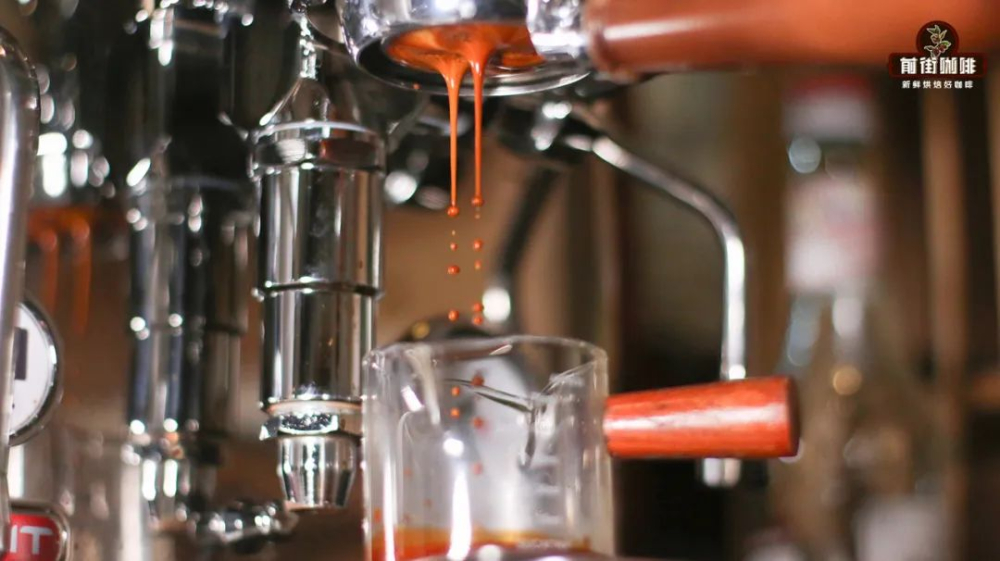
The second point is to reduce the probability of channel effect. The water pressure of 9bar is very strong, if the filling of pressed powder is not uniform, then the water column can easily break through the weakness and form a channel effect. And first carry on the pre-soaking stage, let the coffee pressed powder expand after absorbing water, so that the pressed powder is more dense, thus reducing the channel effect.
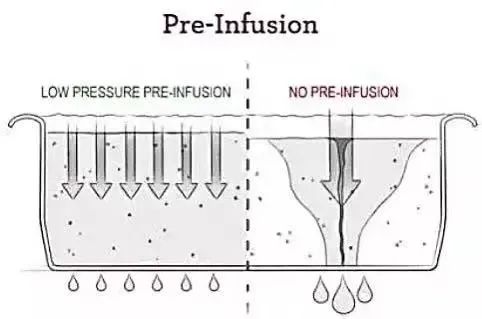
The third point is the application of pre-soaking, so that the scheme of Italian extraction is no longer single. For example, in the past in the extraction of coffee, there is a sharp acid situation, the only way to adjust the grinding degree, or adjust the proportion. Now it is also possible to use pre-soaking to improve the efficiency of subsequent extraction. The premise of using pre-immersion is that the coffee machine itself supports the function of pre-immersion, some machines can set a pre-immersion extraction, some machines need manual pre-immersion. If you are also in a manual state, you can judge the water cut-off time by observing the liquid point, for example, the front street is observed through a bottomless handle, and the coffee liquid oozes from the bottom in about 3-4 seconds, then you can cut off the water for pre-immersion in the third second.
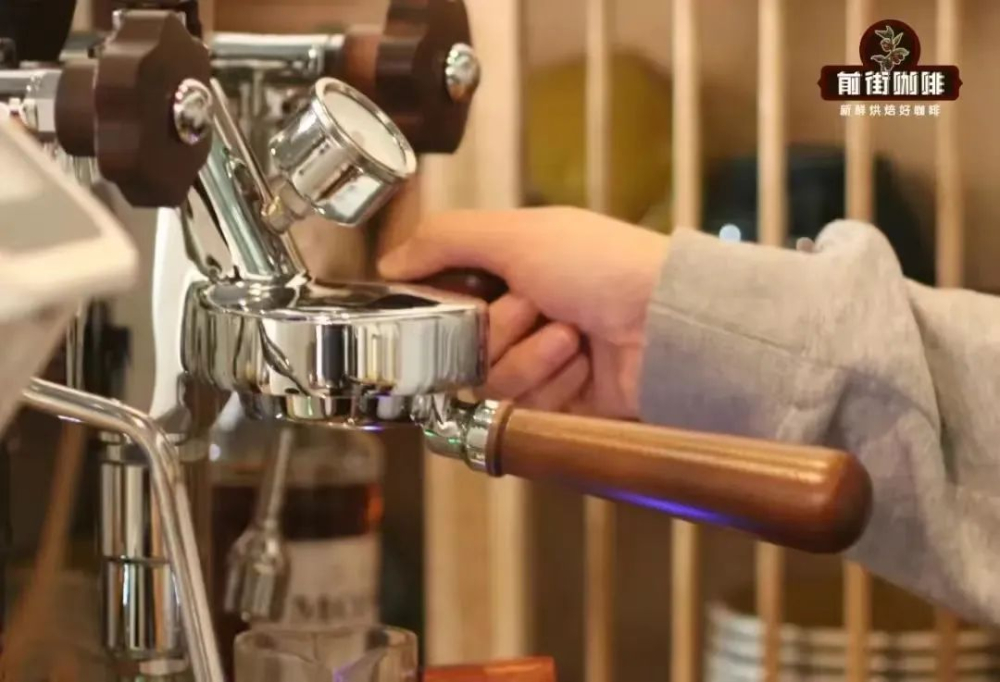
There is no standard answer to the question of how long it takes to pre-soak before formal extraction. It can be soaked for 5 seconds, 10 seconds, or even 30 seconds. It depends on the cultivation of coffee beans and the flavor performance of the parameters such as grinding degree and ratio.
Important Notice :
前街咖啡 FrontStreet Coffee has moved to new addredd:
FrontStreet Coffee Address: 315,Donghua East Road,GuangZhou
Tel:020 38364473
- Prev

What are the flaws in the coffee? How to distinguish the negative flavor of coffee
When you learn the coffee tasting, you will focus on the description of the positive flavor. For example, when you describe a cup of coffee, you can blurt out "jasmine, lemon, strawberry, caramel, chocolate", but when you drink an uncomfortable taste, you can only say "bitter, mixed taste, green and astringent". In fact, we should learn to taste coffee.
- Next

What are the factors that affect the brewing time of coffee? How long does it take to make coffee by hand?
Extraction time is an important parameter for hand-brewed coffee, but it can not be set independently like other parameters, and it depends on the parameters that can affect the extraction time to reach a reasonable time range. Therefore, whether the extraction time is reasonable or not also reflects the rationality of these parameters. Then the parameters that affect the extraction time
Related
- Beginners will see the "Coffee pull flower" guide!
- What is the difference between ice blog purified milk and ordinary milk coffee?
- Why is the Philippines the largest producer of crops in Liberia?
- For coffee extraction, should the fine powder be retained?
- How does extracted espresso fill pressed powder? How much strength does it take to press the powder?
- How to make jasmine cold extract coffee? Is the jasmine + latte good?
- Will this little toy really make the coffee taste better? How does Lily Drip affect coffee extraction?
- Will the action of slapping the filter cup also affect coffee extraction?
- What's the difference between powder-to-water ratio and powder-to-liquid ratio?
- What is the Ethiopian local species? What does it have to do with Heirloom native species?

